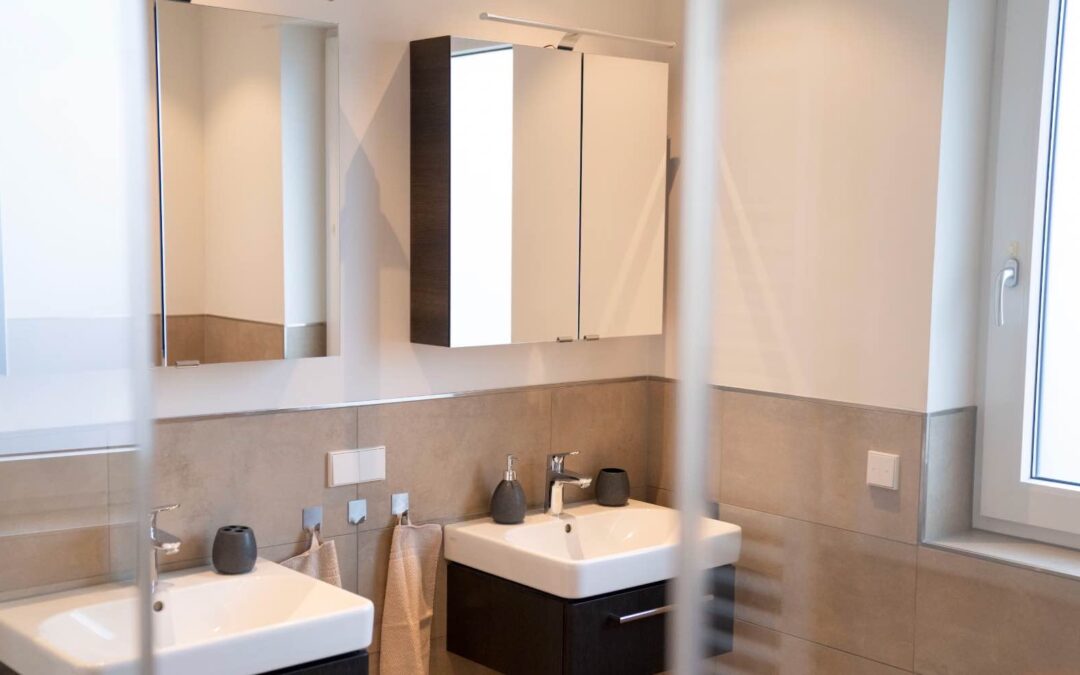The plumbing system is the lifeblood of any home, but over time, pipes can age and begin to leak, leading to a host of problems. Replacing these old pipes is a crucial step in maintaining your home’s integrity and functionality. This blog post will guide you through the process of updating your home’s plumbing with the help of a professional plumber, offering innovative advice and solutions for a smooth and effective upgrade.
- Initial Plumbing System Evaluation: Start with a detailed evaluation of your existing plumbing system by a professional. This will help identify which pipes need replacement and the scope of the project.
- Choosing the Right Plumber: Selecting the right professional is crucial. Look for licensed, experienced plumbers with positive reviews and a track record of successful pipe replacements.
- Modern Piping Options: Discuss the latest piping materials available, such as cross-linked polyethylene (PEX) or copper. Each material has its benefits, from flexibility and durability to corrosion resistance.
- Phased Replacement Approach: If a complete overhaul isn’t feasible immediately, consider a phased approach. Replace the most critical sections first and plan for gradual upgrades.
- Water Quality Improvement Measures: Replacing pipes is an excellent opportunity to implement measures that improve water quality, such as filters or water softeners, especially in areas with hard water.
- Energy-Efficient Plumbing Upgrades: Explore energy-efficient plumbing upgrades. This can include pipe insulation to reduce heat loss or installing on-demand hot water circulation pumps.
- Minimizing Disruption During Replacement: Work with your plumber to minimize disruption. This can involve scheduling work during off-hours or isolating sections of your home during replacement.
- Post-Replacement Inspection and Testing: After replacement, ensure a thorough inspection and testing of the new plumbing by your plumber to confirm everything is functioning correctly.
- Maintenance Tips and Best Practices: Get maintenance tips from your plumber to extend the life of your new pipes. Regular maintenance can prevent future leaks and damage.
- Budget Planning and Financing Options: Plan your budget for the project carefully. Discuss financing options with your plumber or explore home improvement loans if necessary.
Conclusion: Replacing old and leaking pipes in your home is a necessary investment for any homeowner. With the guidance and expertise of a professional plumber, you can choose the right materials and approach for your home’s needs. Modern plumbing upgrades not only resolve existing issues but also enhance your home’s value and efficiency. A well-planned and executed plumbing upgrade is a proactive step towards a safer, more efficient, and comfortable home.

